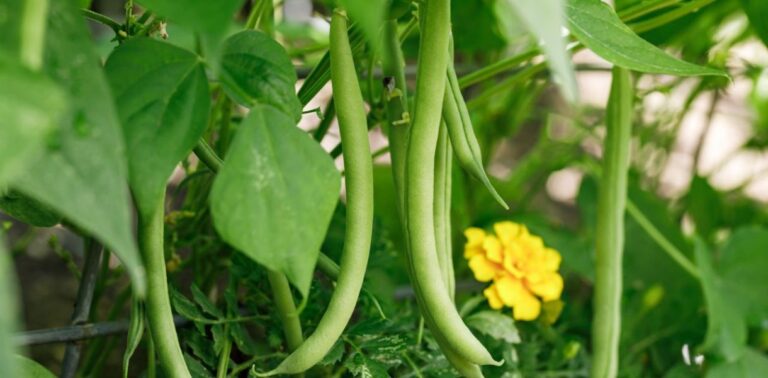Green beans are a delightful addition to any garden. Not only are they packed with essential vitamins and minerals, but they can also be a joy to grow. Whether you’re a novice gardener or a seasoned green thumb, mastering the art of growing green beans can enhance your gardening experience and fill your kitchen with fresh, tasty produce.
1. Selecting the Right Green Bean Variety
When it comes to growing green beans, variety matters. Each variety has its own set of characteristics, from size and color to flavor. Popular choices include:
- Bush Beans: These varieties don’t require support and are excellent for limited spaces or container gardening.
- Pole Beans: These need a trellis or some form of support to climb on but generally yield more beans than bush varieties.
- Purple Beans: Known for their striking color and a slightly different flavor from traditional green beans.
- Wax Beans: These have a yellow color and are known for their buttery flavor and tender texture.
Before planting, consider your available space, how much time you can dedicate to your garden, and your personal taste preferences.
2. Preparing the Soil
Green beans thrive in light, well-drained, fertile soil. Here’s how to get your soil ready:
- Enrich the Soil: Green beans grow best in soil rich in organic matter. Add compost or well-rotted manure to enrich your soil before planting.
- Ensure Good Drainage: If your soil is heavy and wet, consider amending it with sand or gravel to improve drainage.
- Check Soil pH: Green beans prefer slightly acidic to neutral soil, with an ideal pH of 6 to 7. Test your soil and adjust the pH if necessary using lime or sulfur.
- Weed the Area: Clear the planting area of all weeds to reduce competition for nutrients and water.
3. Planting Your Green Beans
Green beans need warm soil to germinate, so it’s important to plant them when there’s no risk of frost and the soil has warmed to at least 60°F (15°C).
- Timing: Plant green beans in late spring or early summer when the soil temperature is right.
- Spacing: Sow seeds about 2-4 inches apart in rows spaced 18-24 inches apart. For pole beans, place a trellis or support structure at planting to support their growth.
- Watering: Keep the soil moist to encourage germination. Once plants are established, water them deeply at the root level to promote strong growth.
4. Caring for Green Bean Plants
Proper care is crucial for a healthy crop of green beans. Here are some tips to help your green beans thrive:
- Regular Watering: Green beans need consistent moisture, especially when flowers and pods are forming.
- Mulching: Apply a layer of organic mulch around the plants to help retain moisture, suppress weeds, and regulate soil temperature.
- Pest Control: Keep an eye out for pests like aphids and beetles. Use organic pesticides or introduce beneficial insects like ladybugs to your garden.
- Support for Climbing Varieties: Make sure your pole beans have adequate support to climb. This not only helps the plant grow but also makes harvesting easier.
5. Harvesting and Storing Green Beans
Green beans are ready to harvest about 45 to 60 days after planting, depending on the variety.
- Harvest Time: Pick green beans when they are firm and crisp but before the seeds inside have fully developed.
- Harvesting Technique: Use scissors or your fingers to snip the beans off the plant to avoid damaging the plant.
- Storage: Fresh green beans can be stored in the refrigerator for up to a week. For longer storage, blanch and freeze them.
By following these tips and understanding the nuances of growing green beans, you’ll be set for a successful harvest. Green beans not only add freshness to your meals but also bring the satisfaction of growing your own food. Happy gardening!






